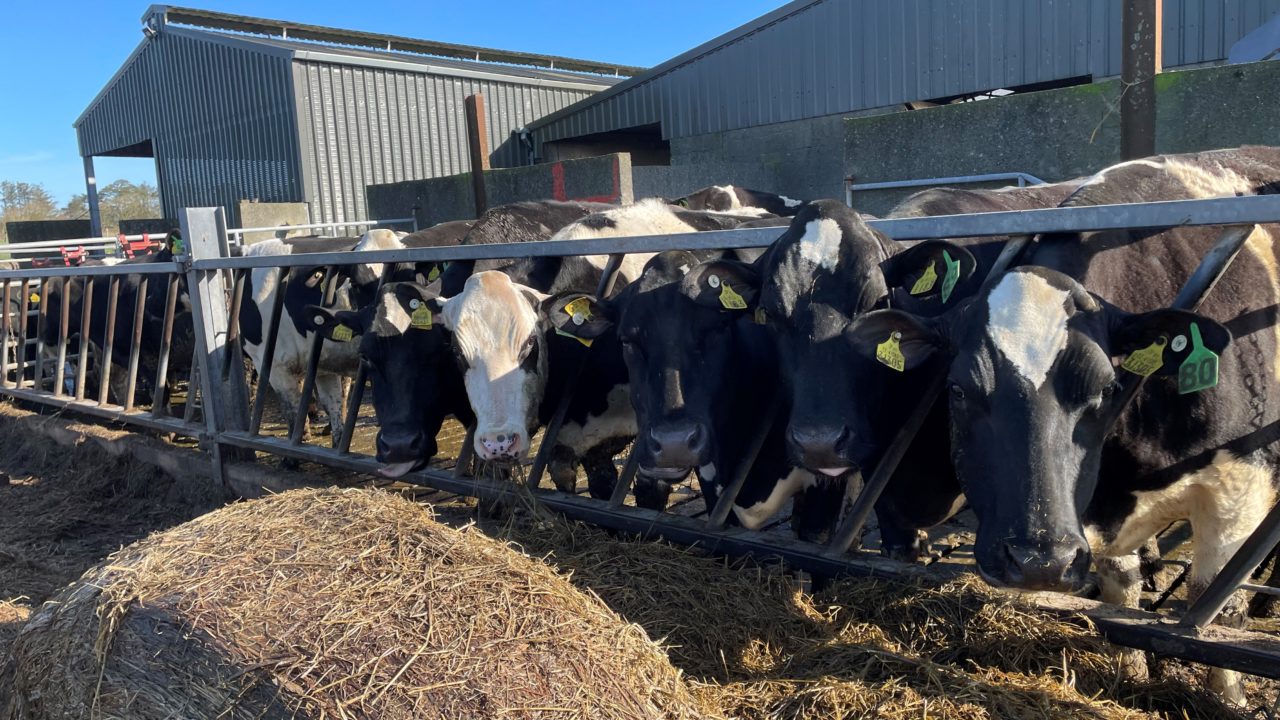As of January 1, 2023, there has been a number of changes to nitrates regulations that will effect livestock farmers.
A number of these measures will directly impact dairy farmers, with some potentially have an significant impact on a farm’s potential output.
Nitrates
From January 1, 2023 it became mandatory for all farms with a stocking rate greater than 150kg of organic nitrogen (N)/ha, to spread their slurry using low emission slurry spreading (LESS).
This figure will continue to drop with farmers stocked at 130kg N/ha required to spread their slurry using LESS from January 2024, and all farms above 100kg N/ha from January 2025.
Also under the new regulations, any farm stocked over 130kg N/ha must have valid soil samples, no more than four years old and can represent no more than 5ha.
If farms do not have up-to-date samples they will be deemed to be phosphorus (P) index 4, effectively meaning they will have no chemical P allowance.
Another change relating to slurry is that chemical N contained within 1m3 of slurry has now been halved from 5kg to 2.4kg; P levels have also changed from 0.8kg to 0.5kg.
This effectively means that farmers will have to export double the amount of slurry volume to remove the same level of organic N.
Chemical N
From January 1, 2023 the maximum amount of chemical N allowed to be spread by farmers has been cut by 10%.
A large portion of dairy farms were already looking to reduce their reliance on chemical fertiliser, so this is likely not going to have the biggest impact on many farms.
There will also be the introduction of a chemical fertiliser database, which will record and track all fertiliser sales on to farms.
Banding
The final major changes to the nitrates for 2023 is the introduction of banding.
This means that the excretion rate for all dairy cows of 89kg of organic N/cow has changed, and organic N/cow will now be determined by milk yields.
Bands Milk yields Excretion rate Band 1 < 4,500 kg of milk 80kg organic N/cow Band 2 4,500-6,500 kg of milk 92kg organic N/cow Band 3 >6,500 kg of milk 106kg organic N/cow
The changes introduced by banding mean that the maximum stocking rate in Band 3 is reduced by 19.1% (assuming the farmer can’t rent or buy land).
For farmers that are placed in Band 1, the maximum allowable stocking rate could increase by 11.3%.
This measure is likely to have the biggest impact on farms from both a production and profitability point of view.
